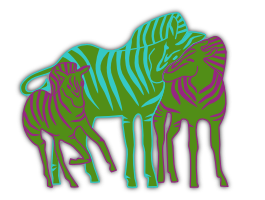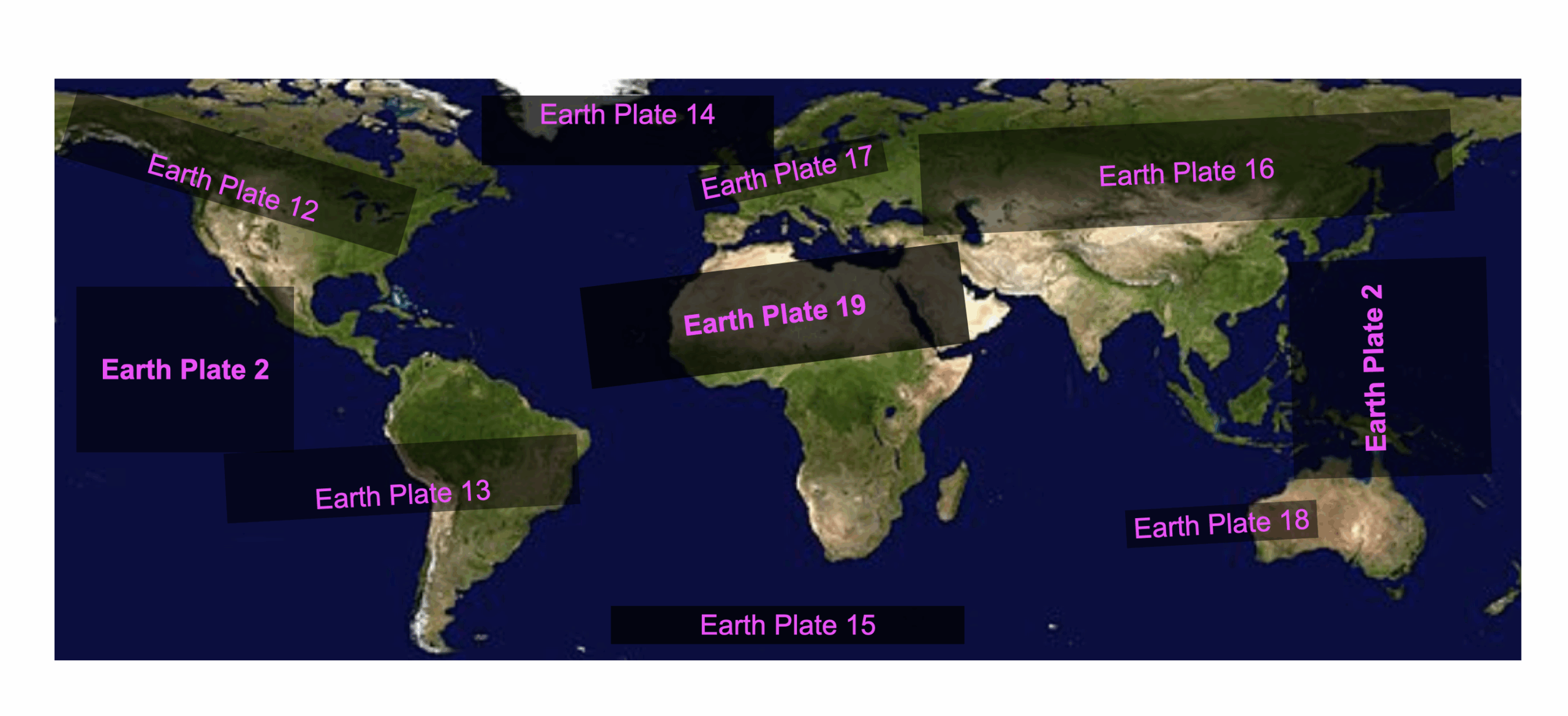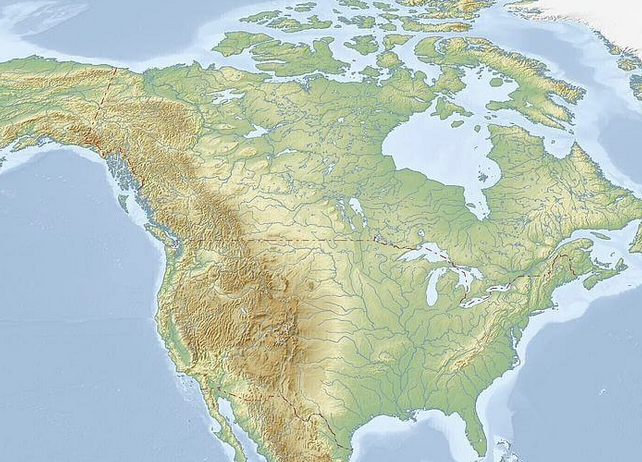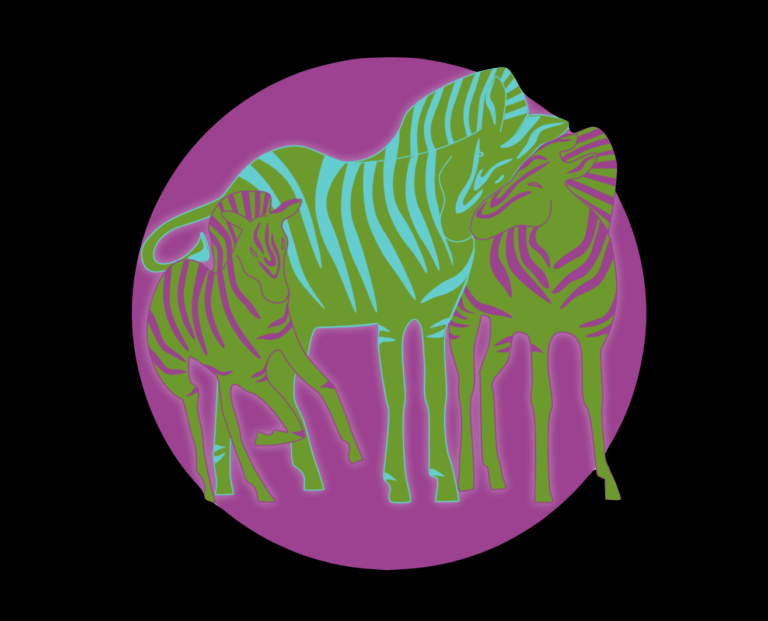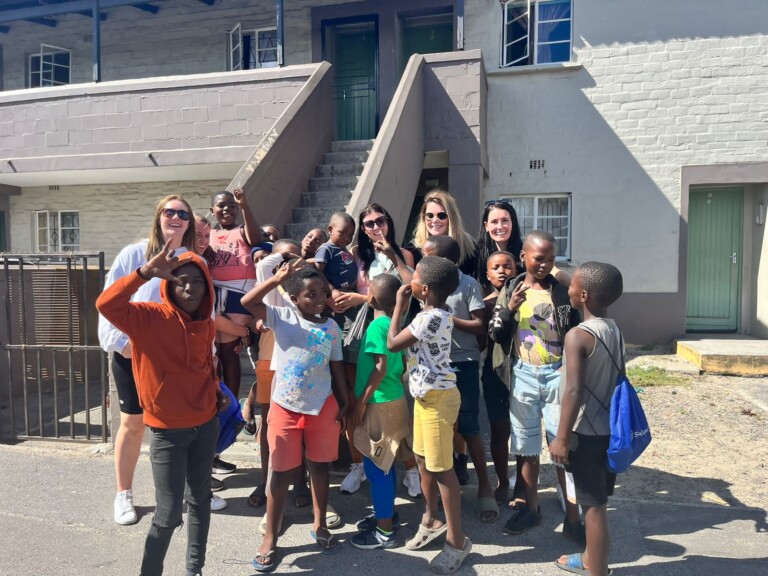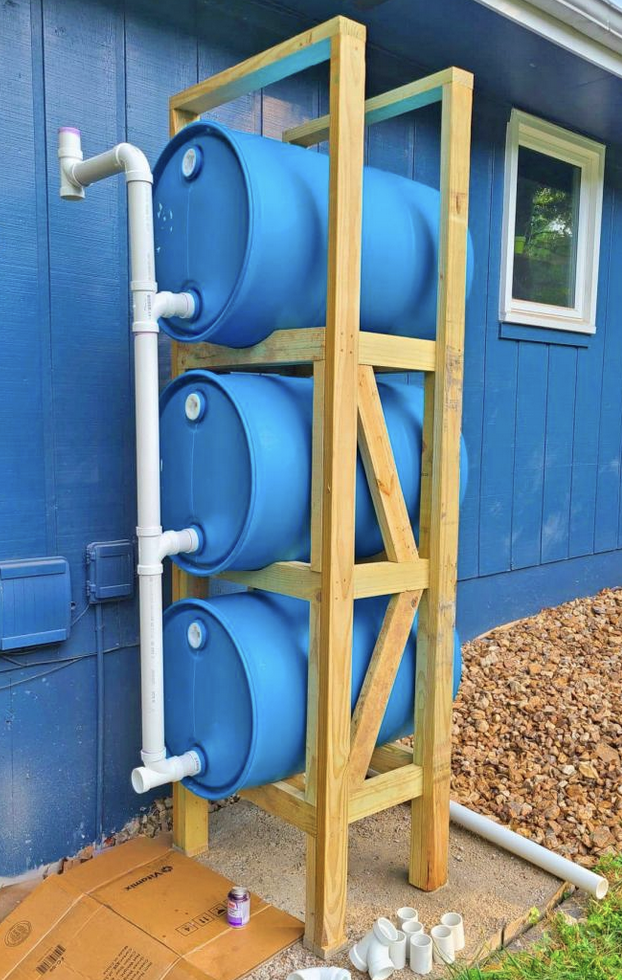A Decolonized History of Earth Planet’s Plates
For centuries, the stories we tell about our world its geography, its history, and even its very formation have been filtered through a lens of colonial and religious bias. We name continents after European explorers, mountain ranges after foreign monarchs, and entire hemispheres “New” and “Old” from a decidedly narrow viewpoint. This bias doesn’t just shape our maps; it shapes our minds. It implies a hierarchy of discovery and ownership, obscuring the profound, ancient truth that the Earth itself is a dynamic, ever-changing entity that belongs to no single culture, nation, or creed.
What if we could strip away these layers of bias and tell the story of Earth’s formation from a truly neutral, global perspective? What if we could peopleize this history, making it a human story of change and connection, rather than a political one of division and claim?
This is the goal of a revolutionary framework: the SunRun Timeline of Earth’s Tectonic History. It’s more than just a scientific model; it’s a tool for decolonizing our planet’s deepest past.
Introducing the SunRun: A Truly Universal Calendar
Before we can decolonize history, we must decolonize time. Our current calendar is a patchwork of religious events and imperial decrees. To tell a story that begins billions of years before any human culture existed, we need a universal measure.
Enter the SunRun.
One SunRun is the time it takes for Earth to run around the sun approximately 365(6) days. It is the most fundamental orbital unit of our existence, a measure dictated by the cosmos itself, not by any human empire. By measuring Earth’s tectonic history in SunRuns, we immediately place ourselves within a framework that is inherently natural, unbiased, and globally relevant. It grounds us in a rhythm every human, regardless of origin, has always lived by.
Our current SunRun in this vast timeline? SunRun 690,002,025. This perspective alone is humbling, reminding us that human history is but a fleeting moment in our planet’s epic saga.
The SunRun Timeline: A People’s History of Earth’s Plates
The traditional narrative of plate tectonics is often a confusing jumble of names: Gondwana, Laurasia, Pangaea. While useful, these names often carry geographic or historical baggage. The SunRun timeline cuts through this by employing a simple, logical, and neutral numbering system. Let’s explore this decolonized history.
Stage 0: Intact Supercontinent
-
SunRun: ~1,000,000,000
-
The Story: In the deepest past, Earth’s crust existed as a single, unified landmass. There were no separate continents, no vast oceans dividing cultures. There was only one plate: Earth Plate 1. This was Earth’s original, whole continental crust. Imagine the entire planet’s land, one continuous home.
Stage 1: The First Fragmentation (750,000,000 SunRuns Ago)
-
The Story: Nothing stays the same forever. Deep within the planet, forces of heat and pressure began to stir. Mantle upwelling, a fundamental planetary process, cracked the pristine surface of Earth Plate 1 along specific zones. This was not a violent act of destruction, but a necessary transformation.
-
The Change: Earth Plate 1 fractured to create → Earth Plate 2 and Earth Plate 3.
Stage 2: The Secondary Fragmentation (700,000,000 to 650,000,000 SunRuns Ago)
-
The Story: The process of change continued. The newer plate, Earth Plate 3, itself began to subdivide. It fragmented into two distinct pieces. Now, the world was comprised of three distinct plates.
-
The Change: Earth Plate 3 split to create → Earth Plate 4 + Earth Plate 5.
-
The Result: The world now had three plates: Earth Plate 2, Earth Plate 4, Earth Plate 5. (Note: Earth Plate 1 and 3 were gone).
Stage 3: Third Fragmentation (650,000,000 to 600,000,000 SunRuns Ago)
-
The Story: The dance of the plates accelerated. Rifts developed, and the once-large fragments continued to break apart, creating a more complex mosaic on the surface of the planet.
-
The Change:
-
Earth Plate 4 developed rifts that created → Earth Plate 6 and Earth Plate 7.
-
Earth Plate 5 split to create → Earth Plate 8 and Earth Plate 9.
-
-
The Result: The total earth plates were now: Earth Plate 2, Earth Plate 6, Earth Plate 7, Earth Plate 8, Earth Plate 9. The older generations (Earth Plate 1, 3, 4, and 5) were now part of history.
Stage 4: The Fourth Fragmentation (600,000,000 to 500,000,000 SunRuns Ago)
-
The Story: This period was not just about breaking apart; it was also about coming together. Plates now began to collide, merge, and fracture further, in a dynamic process that would eventually lead to the configuration we recognize today.
-
The Change:
-
Collision!: Earth Plate 6 and Earth Plate 7 collided to create an entirely new, merged plate → Earth Plate 10. This is a crucial point: convergence is as important as divergence.
-
Fragmentation: Earth Plate 8 fractured into → Earth Plate 11, Earth Plate 12, and Earth Plate 13.
-
Earth Plate 9 fractured into → Earth Plate 16 and Earth Plate 18.
-
Later, the new plate from the collision also fragmented: Earth Plate 10 fractured to create → Earth Plate 17 and Earth Plate 19.
-
Earth Plate 11 fractured to create → Earth Plate 14 and Earth Plate 15.
-
-
The Result: By 500,000,000 SunRuns ago, the stage was set. The final count was 9 major crustal plates: Earth Plate 2, Earth Plate 12, Earth Plate 13, Earth Plate 14, Earth Plate 15, Earth Plate 16, Earth Plate 17, Earth Plate 18, and Earth Plate 19. Ten older plates (1, 3, 4, 5, 6, 7, 8, 9, 10, 11) were gone, their substance recycled into new forms.
The Guideline of a Decolonized Earth Plate: Why This Matters
The power of this timeline isn’t just in the story it tells, but in the idea it follows. These guidline are a direct rejection of biased historiography:
-
Earth Plate 1 = Supercontinent is the starting point.
-
Higher Numbers = Later Fragments: The chronology is built into the name. You instantly know that Earth Plate 19 broke after Earth Plate 18. History is logical and intuitive.
-
No Reuse of Numbers: When a plate is gone, its number is retired. This respects the past while clearly delineating the present. Split fragments inherit new IDs, acknowledging their new, unique identities.
-
Merged Units Get New Numbers: This is perhaps the most profound idea. When two plates collide and merge, they create something entirely new (Earth Plate 6 + Earth Plate 7 → Earth Plate 10). This symbolizes synergy, synthesis, and the creation of new identity, a powerful metaphor for people collaboration over conflict.
Why This Framework Works for Everyone
-
Clear Chronology: The story is linear and easy to follow, from Earth Plate 1 (oldest) to Earth Plate 19 (youngest). It makes scientific process logical for all people, not just colonist.
-
No Geographic or Colonial Bias: The numbers are neutral. They don’t prioritize one culture over another, or the Global North over the Global South. Earth Plate 14 is just as important as Earth Plate 2. This allows us to discuss the plate itself, free from the baggage of names given during ages of exploitation and conolization.
-
Inherently Adaptable: The system is future proof. When a new plate is created, it can simply be called the formation of Earth Plate 20 (next number). It welcomes change and new understanding.
A New Perspective for a Connected Future
Adopting this decolonized, peopleized history of Earth does more than just correct a scientific narrative. It changes our mindset. It reminds us that the borders we fight over are temporary scratches on a surface that is constantly, fundamentally in flux.
By understanding our planet through the neutral, universal lens of the SunRun timeline, we can begin to see ourselves not as citizens of fixed and competing nations, but as temporary inhabitants of a dynamic, living planet with a deep and shared history. We are all, every one of us, living on the scattered people of Earth Plate 1. Recognizing that shared origin is the first step toward building a future that is as interconnected and cooperative as the Earth planet we call home.
